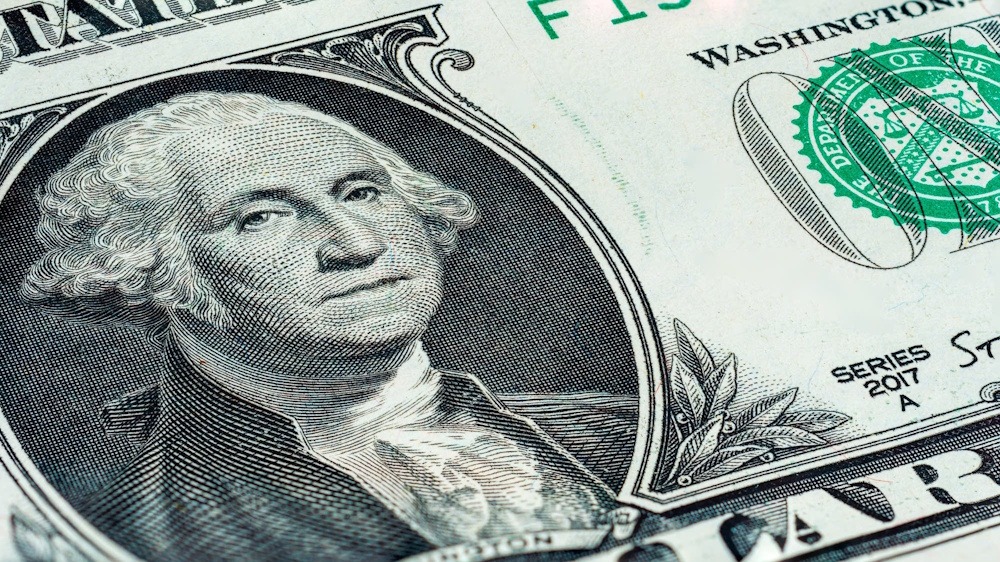
The markets appeared to have faith in the assertions made by President Trump and Treasury Secretary Bessent, suggesting that China’s response through the expansion and intensification of export licensing requirements for essential materials was excessive, and that a de-escalation would ensue. However, this does not appear to be the situation. The prevailing risk-off sentiment has resulted in a decline in stock prices while simultaneously driving bond prices higher. The dollar exhibits a predominantly stronger position. The dollar-bloc currencies, particularly the Australian dollar and the Scandinavian currencies, have experienced a decline, as the recent sell-off in oil, with November WTI dropping over 2% to its lowest level in four months at approximately $58, has adversely affected the Norwegian krone.
The majority of emerging market currencies are experiencing declines, with the Mexican peso at the forefront, reflecting a 0.65% decrease. It is noteworthy that France’s Prime Minister Lecornu is scheduled to present the budget to the National Assembly at approximately 9:00 am, and the euro may exhibit sensitivity to the response it receives. In contrast to the US equity rally observed yesterday, equities in the Asia Pacific region experienced a significant sell-off today. The Nikkei has declined by nearly 2.6%, while the Hang Seng has experienced a drop of 1.7%. China’s CSI 300 experienced a decline of 1.2%. Australia’s was the sole major exchange to experience an increase. Europe’s Stoxx 600 is relinquishing yesterday’s 0.4% increase, while S&P 500 futures are down approximately 0.8%, and Nasdaq futures have declined by just over 1%. Benchmark 10-year yields in Europe have decreased by approximately 3-4 basis points, while the increase in UK unemployment has resulted in a decline of over six basis points in the 10-year Gilt yield.
The 10-year US Treasury yield has decreased by nearly three basis points, approaching the 4% mark, a threshold it has dipped below only once this year, specifically on April’s “Liberation Day.” Gold attained a new peak approaching $4180, while silver has retraced after nearing $53.55. The range observed in the Dollar Index last Thursday, approximately 98.70 to 99.55, remains significant. The inside days observed last Friday and yesterday appear to indicate a continuation pattern rather than a reversal. The daily momentum indicators appear to be extended; however, a further upward movement cannot be dismissed. The peak observed on August 1 approached 100.25. The ongoing closure of the US government has resulted in a reduced data calendar. Today’s calendar includes the NFIB measure of small business confidence, while tomorrow will present the Empire State Fed survey.
Meanwhile, the United States initiates the collection of tariffs on imported timber, lumber, kitchen cabinets, vanities, and upholstered furniture as of today. The levy is established at 25% for certain products and 10% for softwood timber and lumber. A pre-announcement has been made regarding an increase in January. The National Association of Home Builders estimates that 7% of all goods in new residential construction are imported. It is important to observe the distinctions in tariff rates: imports of wooden furniture from the UK are subject to a 10% tariff, whereas those from Japan and the EU face a higher tariff of 15%.
